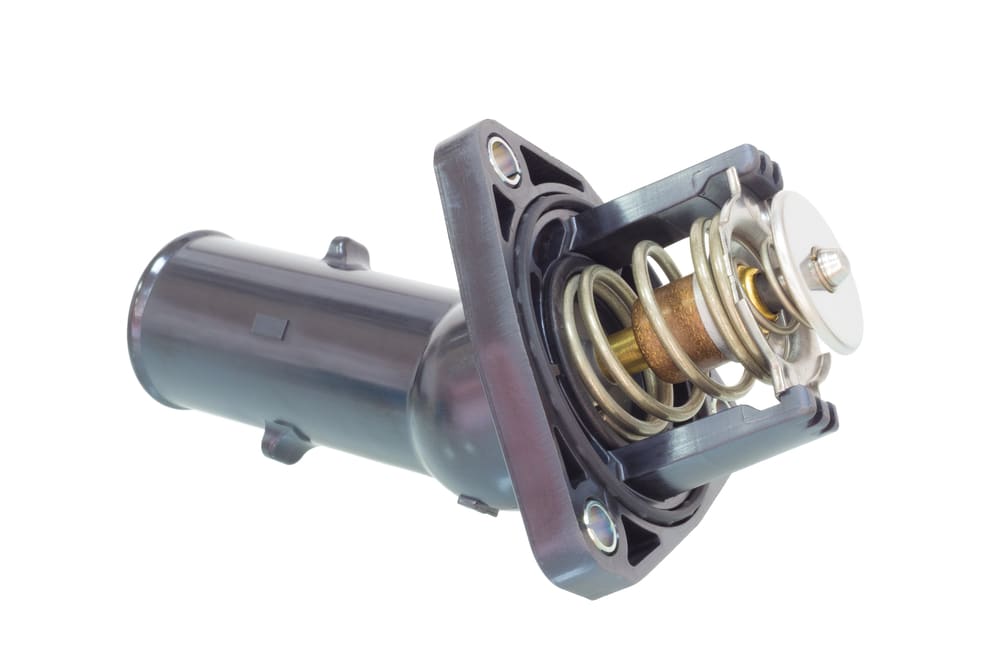

Winter can make for tricky driving conditions - just starting up your vehicle can be a bit more of a chore. When the engine is cold, it takes a few minutes before it reaches optimal temperature and you should start driving. The engine needs to be running optimally so that it can create vacuum, which isn't possible when it’s cold. This vacuum supports all kinds of other components in your automobile such as your distributor, EGR system, cruise control, and even the heater.
So what monitors the temperature? That's the job of the thermostatic vacuum sensor, which can be found on the intake manifold. This component measures the temperature of the coolant in order to figure out if the proper operating temperature has been reached. At that point the vacuum sensor is able to open up the various parts it controls. Without the vacuum sensor working, you'll have issues with your engine running properly as well as other problems. While there is no set mileage that this part is meant to last, it is important you keep it in good working condition.
Let’s take a look at some signs that the thermostatic vacuum sensor may have reached the end of its lifeline and needs replacing:
When you first start up your car, especially if it is cold out, you may notice that the engine has a hard time. It will remain the case until the engine is able to warm up.
When the engine is hot it may stall, stumble, or feel like there is a decrease in power. None of this is normal and should be diagnosed by a mechanic.
The vacuum sensor may become faulty and then get stuck in a closed position. If this happens you're going to start expelling higher levels of exhaust emissions, you would likely fail a smog inspection, and you'll notice your fuel consumption is very poor.
Another sign is the Check Engine Light - which may come on. It’s important to have the computer codes read by a professional to determine the exact cause.
The thermostatic vacuum sensor runs based on the temperature of your engine coolant. From that information it knows when to open or close the vacuum. This part needs to remain in good working order for your engine to operate properly. Have a certified mechanic replace the bad thermostatic vacuum sensor to eliminate any further problems with your vehicle.



